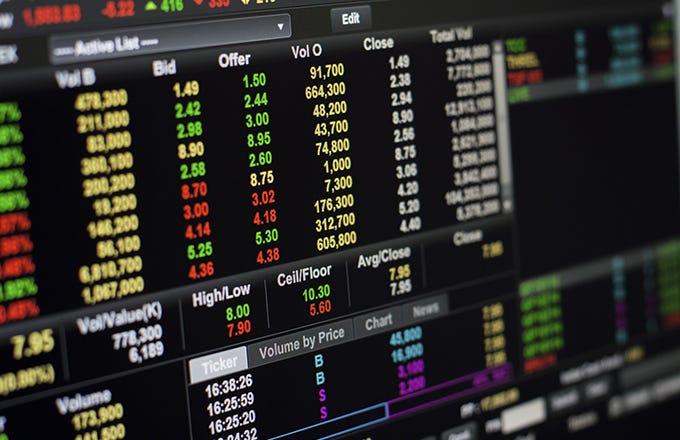The two components of an option premium are the intrinsic value and time value of the option. The intrinsic value is the difference between the underlying's price and the strike price – or the in-the-money portion of the option's premium. Specifically, the intrinsic value of a call option is equal to the underlying price minus the strike price. For a put option, the intrinsic value is the strike price minus the underlying price.
| Intrinsic Value (Call) = Underlying Price – Strike Price |
| Intrinsic Value (Put) = Strike Price – Underlying Price |
By definition, the only options that have intrinsic value are those that are in-the-money. For calls, in-the-money refers to options where the strike price is less than the current underlying price. A put option is in-the-money if its strike price is greater than the current underlying price.
| In-the-Money (Call) = Strike Price < Underlying Price |
| In-the-Money (Put) = Strike Price > Underlying Price |
Any premium that is in excess of the option's intrinsic value is referred to as its time value. For example, assume a call option has a premium of $9.00 (this means that the buyer pays – and the seller receives – $9.00 for each share of stock, or $900 for the 100-share contract). If the option has an intrinsic value of $7.00, its time value would then be $2.00 ($9.00 - $7.00 = $2.00).
| Time Value = Premium – Intrinsic Value |
In general, the more time to expiration, the greater the time value of the option. It represents the amount of time the option position has to become profitable due to a favorable move in the underlying price. In most cases, investors are willing to pay a higher premium for more time (assuming the different options have the same exercise price), since time increases the likelihood that the position will become profitable. Time value decreases over time and decays to zero at expiration. This phenomenon is known as time decay.
An option premium, therefore, is equal to its intrinsic value plus its time value.
| Option Premium = Intrinsic Value + Time Value |
Options Pricing: Factors That Influence Option Price
-
 Trading
TradingUnderstanding The Options Premium
The price of an option, otherwise known as the premium, has two basic components: intrinsic value and time value. -
 Investing
InvestingDiscounted Cash Flow (DCF)
Discover how investors can use this valuation method to determine the intrinsic value of a stock. -
 Trading
TradingThe Anatomy of Options
Find out how you can use the "Greeks" to guide your options trading strategy and help balance your portfolio. -
 Trading
TradingOption trading strategies: A guide for beginners
Options offer alternative strategies for investors to profit from trading underlying securities. Learn about the four basic option strategies for beginners. -
 Trading
TradingGetting acquainted with options trading
Learn about trading stock options, including some basic options trading terminology. -
 Trading
TradingAn Alternative Covered Call Options Trading Strategy
This different approach to the covered-call write offers less risk and greater potential profit. -
 Trading
TradingTrading Options on Futures Contracts
Futures contracts are available for all sorts of financial products, from equity indexes to precious metals. Trading options based on futures means buying call or put options based on the direction ... -
 Trading
TradingCall options: Right to buy versus obligation
Learn what a call option is, how buyers and sellers are determined, and what the difference between a right and an obligation is for options investors. -
 Trading
TradingAvoid Premature Exercise Of Employee Stock Options
The first rule of managing your employee stock options is to avoid premature exercises. With early exercise, you forfeit some profit back to your employer and incur an income tax penalty.



